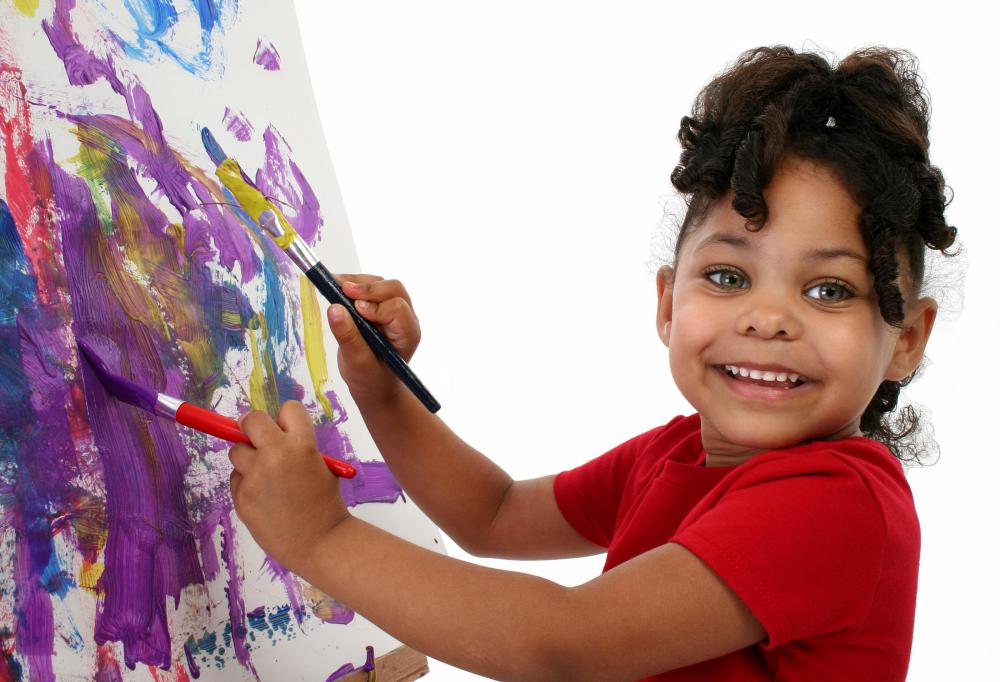At WiseGEEK, we're committed to delivering accurate, trustworthy information. Our expert-authored content is rigorously fact-checked and sourced from credible authorities. Discover how we uphold the highest standards in providing you with reliable knowledge.
What are the Different Types of Art Therapy Programs?
Art therapy training offers different programs for psychology professionals with established backgrounds in counseling and other forms of therapy. These courses of study, which typically are at a postgraduate school level, lead to certification that demonstrates ability to add various forms of art therapy to an existing psychotherapy practice. Some art therapy programs require a specific set of undergraduate and graduate coursework in art techniques, psychology or social work. Depending on candidates’ areas of expertise, art therapy training can also be tailored to their fields in order for them to be able to apply art therapy to existing knowledge. Within different schools, art therapy programs emphasize the study of art therapy as either a primary degree objective or as a secondary emphasis to an advanced psychology degree program.
Within colleges and universities, art therapy schools typically offer a Master of Arts (MA) degree in counseling psychology or a Doctor of Philosophy (Ph.D.) in clinical psychology, each with an emphasis in art therapy. Alternately, other programs entail receiving an MA in art therapy with an added emphasis in counseling. Some smaller, more specialized art and design schools offer MA degrees exclusively in expressive therapy. These types of art therapy programs often integrate visual art creativity and practical therapy in group or individual settings. An additional type of degree in art therapy is broader in scope, offering practicing clinicians a holistic background in applying creative arts to treat a wide variety of patients, including those who have traumatic stress or substance use disorders.

Additional options are available for art therapy programs that are geared toward professionals in education or social work. Schools with visual arts programs that emphasize technology applications sometimes offer advanced teaching degrees for students who already hold degrees in art education. These students can elect to study art therapy as an emphasis. Many of these education professionals go on to apply their art therapy training to areas of special education. Candidates who have a master’s degree in social work can also select art therapy programs that will prepare them to work primarily with special needs children and adolescents.

Regardless of specialty area, art therapy programs include coursework that stresses both theory and practical applications when working with patients. Many art therapy classes cover techniques in sculpture, drawing, painting and other mediums as well as connections to therapeutic processes. After this coursework is completed, art therapy students might also be required to complete independent research or clinical externships.
AS FEATURED ON:
AS FEATURED ON:













Discuss this Article
Post your comments